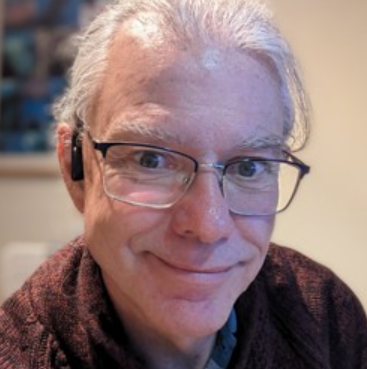Chris originally qualified as a Physicist in 1994 and worked in Italy as a Human Capital Mobility Fellow (Universitat degli Studi di Lecce) where he helped develop a new laboratory for studies of semiconductor devices. He subsequently returned to Oxford and pursued research into the basic physics of high temperature superconductors using ultrafast optoelectronic probes to determine superfluid relaxation rates and the speed with which the superconducting state is established. He subsequently moved to Engineering in 1998 with a Royal Academy of Engineering Senior Research Fellowship and developed a group working in optical heterodyne techniques and ultrafast electronics. Since 2000 he has been a Fellow of St Hugh’s college and a University Lecturer in Engineering Science. In his spare time Chris spends quite a lot of time underwater.

Chris’ research area is Ultrafast Electronics which is a rapidly developing field in which he explores the ultimate speed limits of electronics. He uses a wide variety of techniques to manufacture novel circuits and systems. One among these is the laser micromachining tool.
This field engages a wide range of disciplines and requires expertise in RF circuit layout, novel condensed matter physics, superconductivity, optics and quantum properties of matter. In order to evaluate the performance of ultrafast electronic systems Chris has to develop new methods for analysing electromagnetic signals. A lot of the research in his group has so far centred on this basic problem. They have developed methods for current and voltage sampling in superconducting circuits, and a new instrument – the ultrafast STM which enables probing of nanoscale electronic components with sub picosecond time resolution.
A recent addition to the portfolio is development of metamaterial devices for a variety of high frequency applications including NMR microscopy, ultra high Q RF filters and ground penetrating radar. They are currently developing methods to design metamaterial devices to break the Abbe limit and utilize the interactions between microwave signals and living tissue to perform medical imaging.
A second and increasingly important research area is the development of magnetic metamaterials for contactless data transfer and for power distribution. These two capabilities will enable a host of applications and technologies including wireless power for electronic devices and systems, and the replacement of backplanes and wired connections between integrated circuits themselves. This is a project Chris calls Electronic Lego.
Future developments include new nanowire electronic devices further pushing the speed limits or electronic systems and nanoelectronic photovoltaic cells which exploit the extremely high surface area available from nanotextured surfaces to make highly efficient and low cost solar cells.
Learn more about Chris on the Communications Group website.

